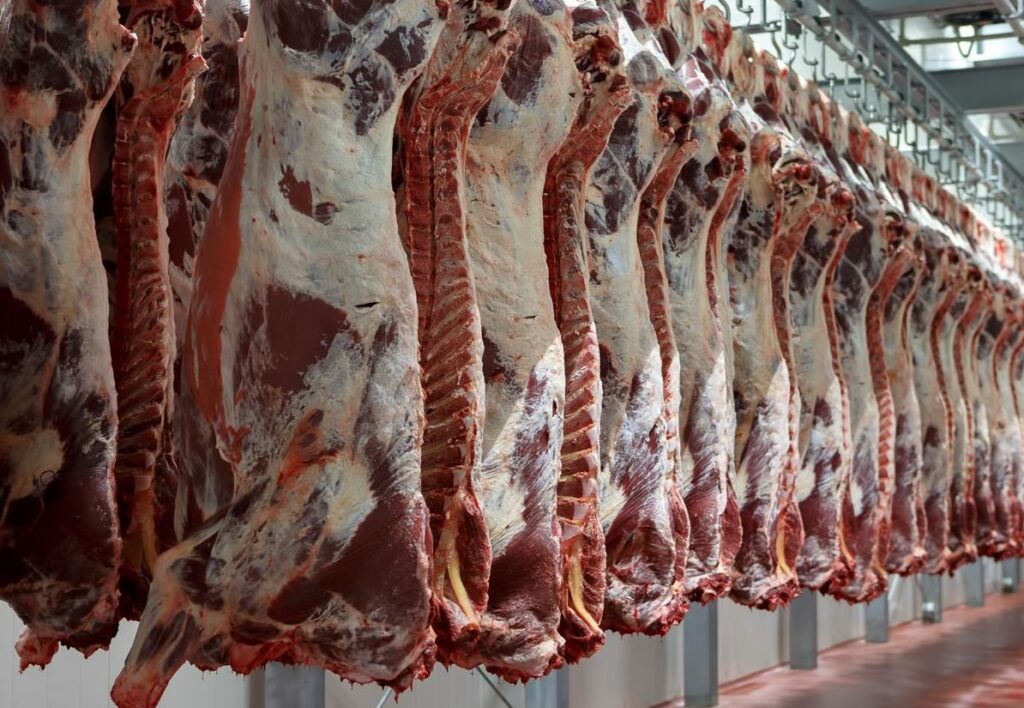The weekly kill increased by 3,630 head during the week ending August 19. This is mainly due to beef processors returning to a five-day week after the bank holiday weekend.
This week, factories are offering 390c/kg for bullocks and 400c/kg for heifers. However, it seems the more you travel west, farmers are receiving base quotes of 385c/kg for steers and 395c/kg for heifers; these prices exclude breed specific bonuses and quality assurance payments.
Farmers and finishers need to bargain hard when it comes to presenting animals for slaughter. Some procurement managers – offering the prices at the upper end of the scale – have noted that these may head south by the end of the week.
Moving to cow prices, there is a variation in the prices being quoted to farmers for these animals and this depends on the quality and grades being presented; location and demand of processing plants also has to be factored into the equation.
Buyers are offering 300-310c/kg to purchase P-grade animals. In addition, procurement managers are starting negotiations with farmers for O-grade and R-grade cows at 320c/kg and 340c/kg respectively. Factories are quoting prices of 350c/kg upwards for U-grade cows.
Weekly kill
Beef processors returned to a five-day working week during the week ending August 19. This saw an additional 3,630 head of cattle slaughtered in Department of Agriculture approved beef export plants.
Some 34,059 head of cattle were slaughtered. Looking at this kill in more detail, we can see that 2,906 young bulls were killed during this week; this is an increase of 60 head on the week previous.
The number of aged bulls slaughtered fell slightly to 796 head. The category which recorded the largest increase in slaughterings was the bullock category. Some 14,240 steers were processed; up 1,946 head on the previous week.
The number of cows slaughtered also increased from 6,981 to 7,643 head – an increase of 662 head. Moving to heifers, an additional 964 heifers were killed when compared to the week ending August 12.
The 2018 kill
Some 1,098,980 cattle have been processed in Department of Agriculture approved beef export plants up to and including the week ending August 19. This is an increase of 36,040 head when compared with the same week during 2017.
Looking at the breakdown, 138,391 young bulls have been killed – an increase of 11,812 head when compared with corresponding period in 2017.
An increase can also be witnessed in the aged bull category; an additional 2,645 aged bulls have been slaughtered when compared to the same week in 2017.
Bullock throughput is running behind 2017 levels. Some 386,720 steers have been killed so far this year – a drop of 5,755 head.
However, cow slaughterings have increased. The cumulative number of these animals processed during the week ending August 19 stood at 243,885 head – a jump of 10,755 head.
Lastly, heifer throughput is running well above 2017 levels. Some 300,484 heifers have been processed up to August 19. During the same period last year, some 286,487 heifers had been slaughtered.

